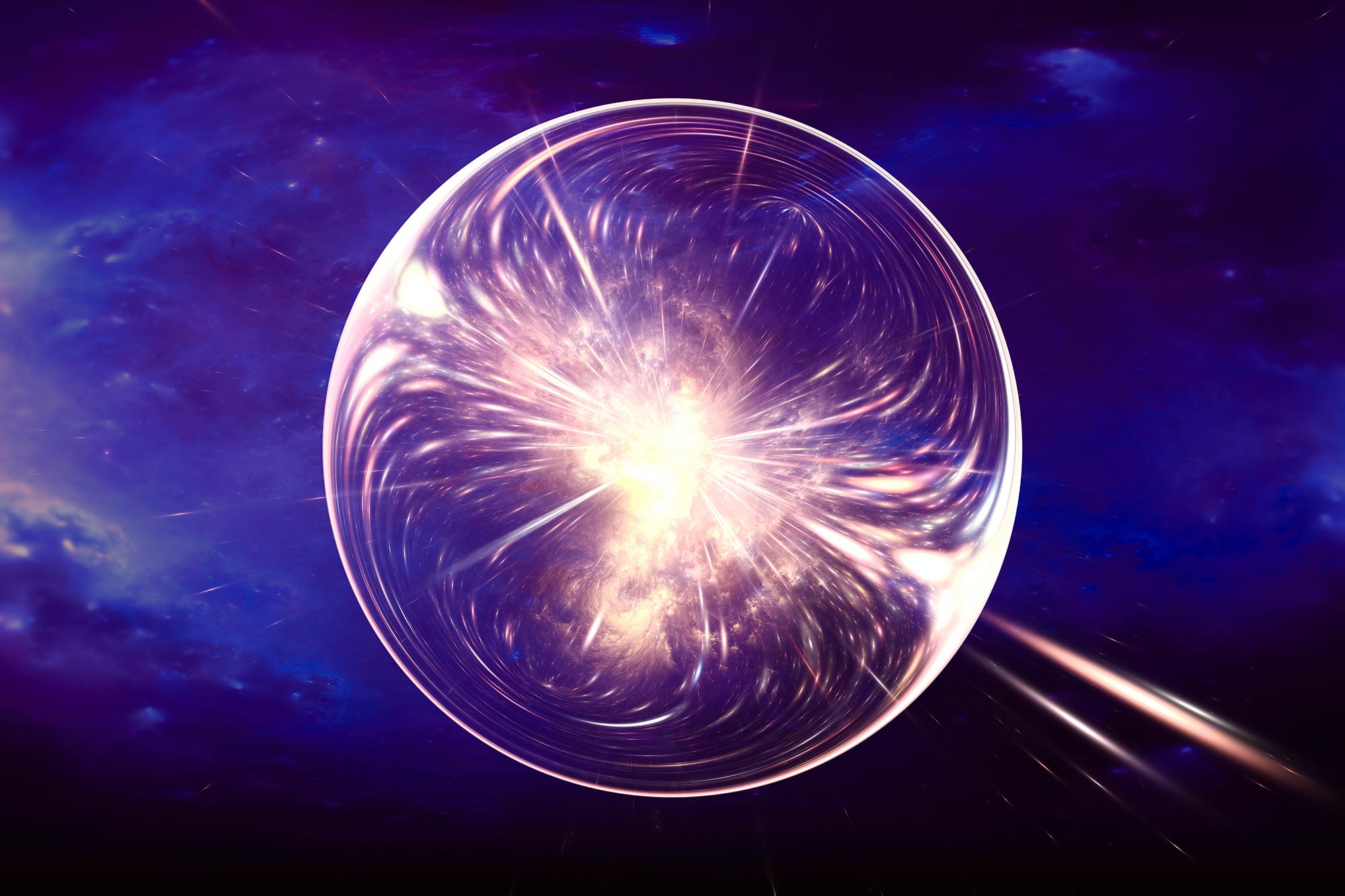CERN Deploys Cutting-Edge AI in “Impossible” Hunt for Higgs Decay

CMS employed machine learning to probe rare Higgs decays into charm quarks. The search produced the most stringent limits so far.
The Higgs boson, first observed at the Large Hadron Collider (LHC) in 2012, is a cornerstone of the Standard Model of particle physics.
Through its interactions, it gives fundamental particles such as quarks their mass. Interactions between the Higgs boson and the heaviest “third-generation” quarks—the top and bottom quarks—have already been confirmed and shown to align with Standard Model predictions.
However, studying how the Higgs couples to lighter quarks remains much more difficult. Its interactions with “second-generation” quarks, like the charm quark, and “first-generation” quarks, the up and down quarks that form the nuclei of atoms, are still largely untested. This leaves open the key question of whether the Higgs boson is responsible for giving mass to the very quarks that make up everyday matter.
CMS reports first charm decay search
To explore these interactions, physicists examine how the Higgs boson decays into other particles or is produced alongside them in high-energy proton–proton collisions at the LHC. At a recent CERN seminar, the CMS collaboration presented the first search for a Higgs boson decaying into two charm quarks in events where the Higgs is produced together with a pair of top quarks. By applying advanced artificial intelligence methods, the team achieved the strongest limits so far on the strength of the Higgs boson’s interaction with the charm quark.

Producing a Higgs boson along with a top-quark pair, and then observing it decay into two quarks, is both an uncommon event at the LHC and one that is especially challenging to identify. Quarks almost instantly generate narrow sprays of hadrons, called “jets,” which travel only a short distance before decaying further. This makes it very hard to separate jets that originate from charm quarks in Higgs decays from those created by other quark types. Conventional jet identification techniques, known as “tagging,” are not efficient at recognizing charm jets, driving the need for more sophisticated approaches to improve discrimination.
“This search required a paradigm shift in analysis techniques,” explains Sebastian Wuchterl, a research fellow at CERN. “Because charm quarks are harder to tag than bottom quarks, we relied on cutting-edge machine-learning techniques to separate the signal from backgrounds.”
Neural networks for jet recognition
The CMS team addressed two central challenges by applying machine-learning techniques. The first involved detecting charm jets, which they approached using a graph neural network specifically designed for this task. The second challenge was separating genuine Higgs boson events from background collisions, handled with a transformer network—the same family of models that underlies ChatGPT, but here adapted to classify particle events rather than generate text. To train the charm-tagging system, researchers used hundreds of millions of simulated jets, enabling the algorithm to identify charm jets with much greater precision.
Using data collected from 2016 to 2018, combined with the results from previous searches for the decay of the Higgs boson into charm quarks via other processes, the CMS team set the most stringent limits yet on the interaction between the Higgs boson and the charm quark, reporting an improvement of around 35% compared to previous constraints. This places significant bounds on potential deviations from the Standard Model prediction.
Next steps at the LHC
“Our findings mark a major step,” says Jan van der Linden, a postdoctoral researcher at Ghent University. “With more data from upcoming LHC runs and improved analysis techniques, we may gain direct insight into the Higgs boson’s interaction with charm quarks at the LHC—a task that was thought impossible a few years ago.”
As the LHC continues to collect data, refinements in charm tagging and Higgs boson event classification could eventually allow CMS, and its companion experiment ATLAS, to confirm the Higgs boson’s decay into charm quarks. This would be a major step towards a complete understanding of the Higgs boson’s role in the generation of mass for all quarks and provide a crucial test of the 50-year-old Standard Model.
Never miss a breakthrough: Join the SciTechDaily newsletter.
Source link

